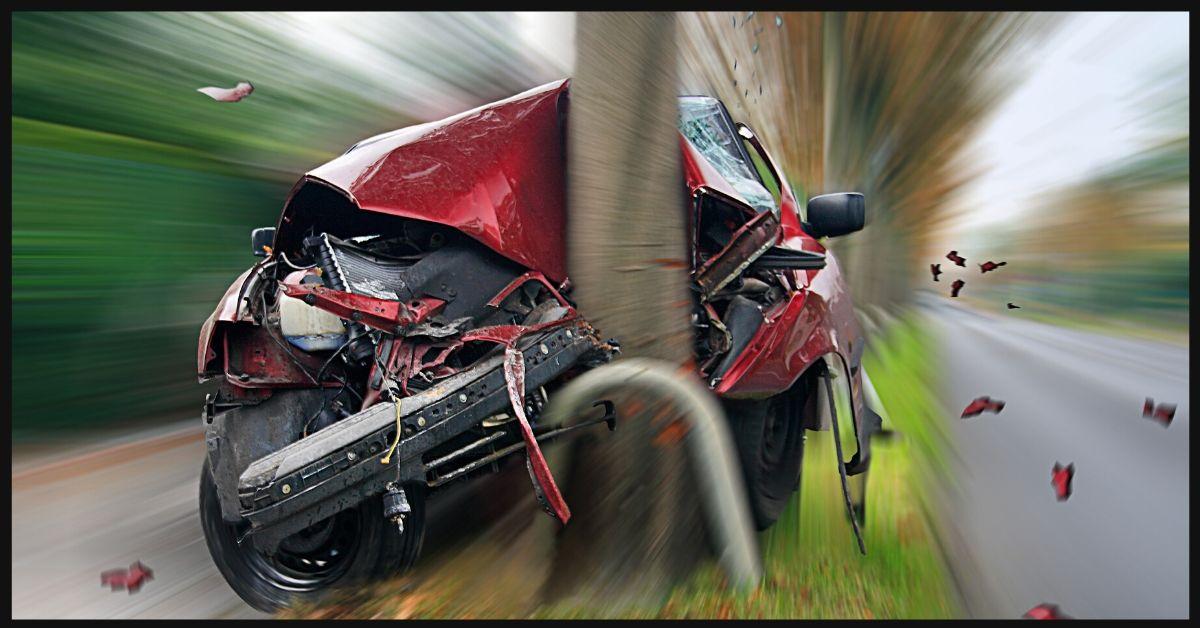THERE are just too many incidents of children maimed or perishing in road crashes involving motorized vehicles. In many cases, the lack of child restraint systems in cars, for children 4 to 7 years old is a common cause of injuries.
In other cases, it is the complete irresponsibility of adults—parents, in particular. It is the usual scene of young kids squeezed between two adults on a motorcycle or a young child freely moving about in the back of a car. Both are extremely hazardous to the children.
There is no concrete data on child fatalities in the Philippines to come to a single conclusion, but the statistics I’ve encountered and the stories I have heard, documents gathered is convincing enough to conclude that many motor vehicle drivers have little concern about child safety. And government is not doing enough to increase the safety of children while in transit, by whatever means of conveyance.
Unfortunately, we have no dependable crash statistics in the Philippines. In the United States however, motor vehicle crashes are the leading cause of death for children—about 6,532 individuals, 14 and younger were involved in fatal crashes in 2007.
Due to various data sources crash stats and child deaths are not insufficient and incomplete to say exactly how widespread the problem is. Regional crash reports filed with the Philippine National Police (PNP) that document only about 1,500 cases reveal that less than 3 percent of fatalities are children. Consider some stories.
Asingan, Pangasinan. Two children die along with 8 adults when their van hits an oncoming bus at a long, blind curve. One boy was thrown out of the vehicle when the sliding door pops open. The other child, sitting infront was crushed in the impact and was found under the van’s front seat.
Tanay, Rizal. A 5-year old boy was killed when the jeepney he rode along with his father crashed into a ravine as it drove down the Marilaque Road. The boy sat between the driver. The impact of the accident—a lateral hit to the side from a speeding SUV at an intersection, killed two other passengers.
Maharlika Highway, San Pablo City, Laguna. A 7-year old boy is maimed along the blind curve near the Meralco Office when the motorcycle he was riding with his father hit an oncoming jeepney. It was assumed that the motorcycle rider was under the influence of alcohol though there was no breathalyzer test. The child was thrown about 10 feet from the crash site, and died from head injuries.
Let’s put things into perspective. Children travelling in moving vehicles unsecured are more vulnerable to injury than adult passengers. Here are five reasons why.
First, they have comparatively lesser sense of danger than adults and their inability to stay still becomes a factor when they are unsecured.
Second because of their build they can be hurled around any vehicle even during routine but sudden braking maneuvers. The bigger the vehicle, the more space they have to be hurled around, making the risks higher in vehicles like vans and buses.
Third, their curiosity usually gets the best of them. Pushing buttons, pulling door handles, opening windows adds to the driver’s stress but also creates a dangerous opportunities of injuries. I have seen a boy falling off a rear door that swung open. Luckily, it was in a slow right turn in Quezon City near Timog, the driver, a woman, stops abruptly to pick up the boy who fell on the curb site of the street. Imagine what would have happened if the boy opened the door on the passing side?
When riding a motorcycle or tricycle, the risks are higher, and presumably there are more fatalities. No solid data supports this assumption but in a review of traffic data in Region 4A, in almost every case of a major collision involving a motorcycle, tricycle and a child passenger, the child dies directly as a result of an injury sustained in the crash.
But restraining kids also has it difficulties to the driver. Here are five reasons why.
Driver distractions. Children struggling to get themselves out of their car seats are a safety threat to themselves and also distract the driver. The current law defines distracted driving as driving affected by the use of mobile devices. But distractions from children—throwing a tantrum trying to escape a car seat, for example—is equally dangerous. Ask any parent who has been in this situation.
Irritating noise. Children crying or screaming is a huge emotional distraction. Parents already stressed from traffic or work related concerns are easily prone to react to such irritations.
Rowdy children. Children can sometimes become rowdy even restrained. This is a natural result of being restrained. Children not trained to use car seats find it unreasonable to be strapped in.
The Philippines now has several bills pending in the Senate and in Congress the earliest and probably most comprehensive at the time it was authored, was penned by the late Senator Miriam Defensor-Santiago. The first version of this child restraint law had major loopholes to do with relaxing compliance depending on the vehicle.
Lack of working legislation on mandating child restraints continues to be major risk factor. A proper law in place will strengthen the safety of children in moving vehicles to reduce the risk of death and serious injury up to 80 percent. What could be more important to parents?
Without legislation the job of child safety rests with the parents and nannies, “yayas” or caregivers. Parents must know how to make sure child car and booster seats are properly installed using the ISOFIX points in the car or the proper looping of seatbelts to secure these devices vehicles to prevent injuries and deaths.
This story was first published at Malaya Business Insight. It was produced under the Bloomberg Initiative Global Road Safety Media Fellowship implemented by the World Health Organization, Department of Transportation and VERA Files.





